CSAI 2018-December 8-10, 2018 | Shenzhen, China
On December 8, the three-day CSAI 2018
was opened in Novotel Shenzhen
Watergate, Shenzhen, China. It is
sponsored by College of Computer Science
and Software Engineering, Shenzhen
University, China. About 140 delegates
and guests from 13 regions and
countries, such us Hong Kong, Indonesia,
Italy, India, Japan, Malaysia, New
Zealand, Russia, South Korea, Thailand,
Taiwan, United States, and Mainland
China.
Accepted papers were included in the
conference proceedings (ISBN: ISBN:
978-1-4503-6606-9), which are included
in
ACM Digital Library, and indexed by
Ei Compendex and Scopus already.
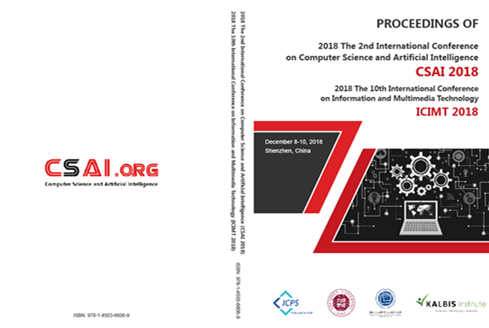
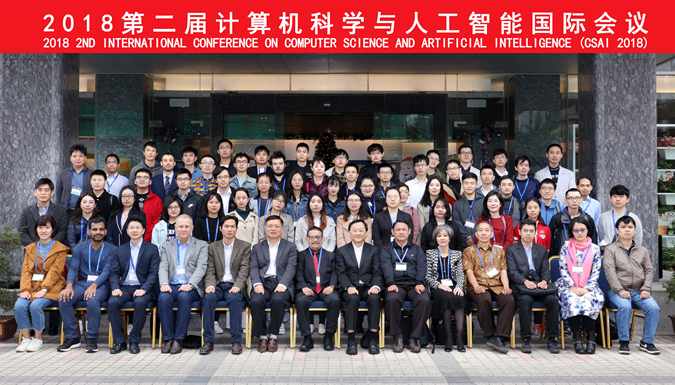
|
|
On the morning of December 8, attendees
came to the registration venue to sign
in and collect the conference materials.
At the opening ceremony of the
conference on the morning of December 9,
the representative of local host
(Shenzhen University, China) Dr.
Chengwen Luo and Dr. Hadi Sutopo from
the Kalbis Institute, Indonesia, the
representative of organizing committee
respectively delivered an opening
speech.
After the opening, Prof. Benjamin W. Wah
(IEEE/ACM/AAAS Fellow) from The Chinese
University of Hong Kong, Hong Kong
delivered a keynote speech on the topic
"Using Dominance to Harness the
Complexity of Big Data Applications".
Next, the 2nd keynote speaker Prof. Ying
Tan from Peking University, China talked
on "Novel Swarm Intelligence
Algorithms-Fireworks Algorithm and Its
Applications". The last keynote speech
was from Prof. Ben Niu (Shenzhen
University, China), who talked about
"Recent Advances in Bacteria-inspired
Optimization Algorithms". Participants
also express their views, and
enthusiastically asked questions.
|
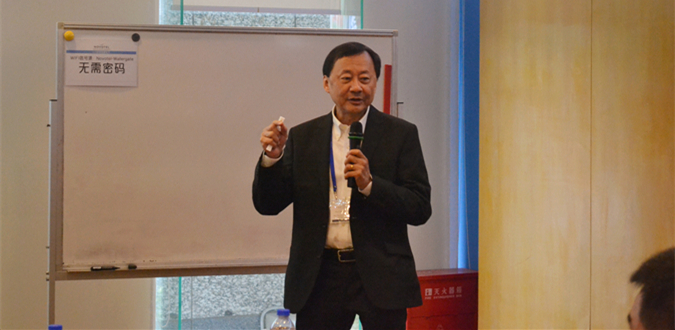
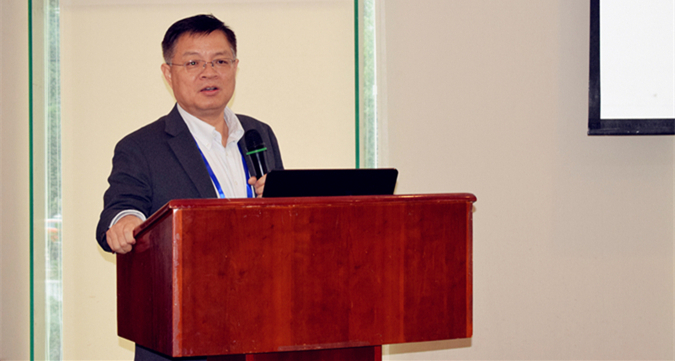

In the afternoon of December 9 and
December 10, the conference was set up
with 8 Sessions. Participants made
presentations and discussions over 8
topics, ie Machine Learning and System
Prediction Algorithm, Neural Network and
Algorithm, Software and Application
Design, Algorithm and Soft Computing,
Network and Information Security,
Computer Network and Multimedia
Application Technology, Data Management
and Signal Analysis, and Target
Detection and Pattern Recognition. In
addition to the core oral presentation
in the academic conference, the
conference also has poster sessions,
which provides more opportunities for
experts and scholars to communicate with
each other. |
|
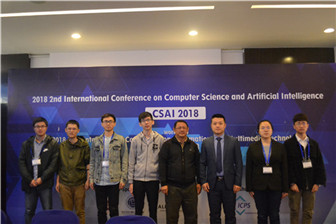 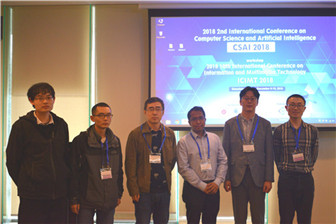 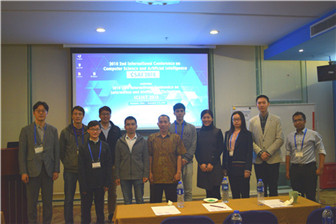 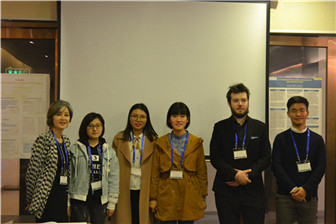 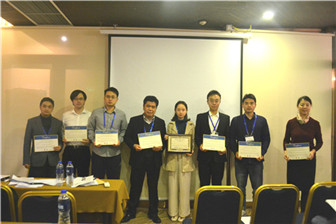 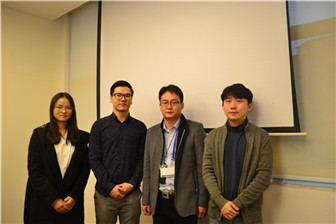 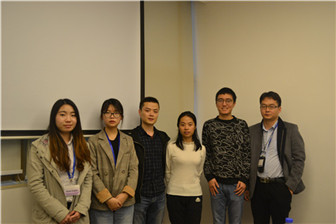 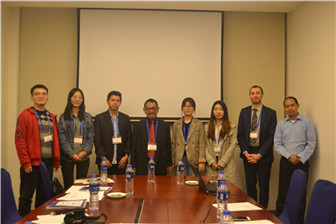  |
|
From each session, one best presenter is
chosen, which is evaluated from:
Originality, Applicability,
Significance, Visual Aids, English
Delivery and Timeliness.

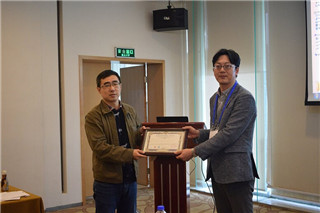
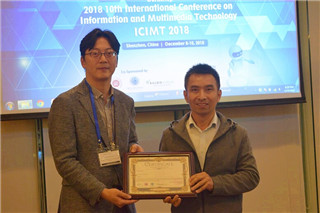
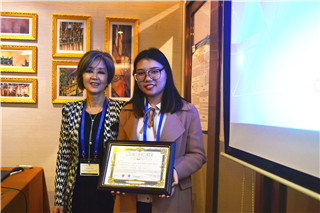
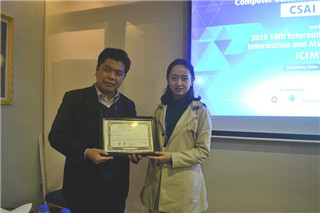

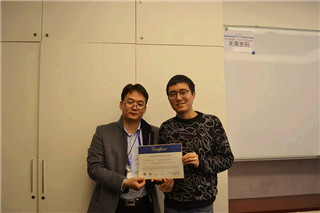
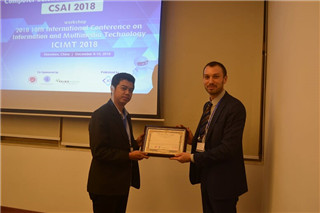
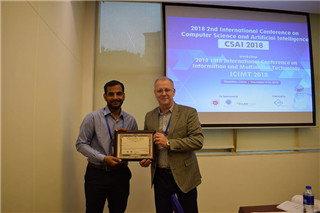
Dynamic Facial Expression of 3D
Human-Avatars Using AI Algorithm
Chang-Ho Hyun
Kongju National University, South Korea
How Deep Is Optimal for Learning Locally
on Smartphone
Zhenggui Xiang
Huawei Technologies Co.,Ltd., China
Virtual Mining Simulation of Cultural
Relics Based on Virtual Reality
Sijia Li
Northwest University Xi'an, China
An Extension of MIC for Multivariate
Correlation Analysis Based on
Interaction Information
Zi-Xuan Zhang
The PLA Army Engineering University,
China
|
A Large Scale Analysis of DNS Water
Torture Attack
Xi Luo
Institute of Information
Engineering,Chinese Academy of Sciences,
China
Video Editing Stepping Stones—Using
podcasts and music videos to introduce
editing techniques to Film Studies
Students
Adam L. Miller
Aichi Shukutoku University, Japan
EEG-Based Attention Feedback To Improve
Focus in E-Learning
Harsh Dabas
Delhi Technological University, India
An Unmanned Aerial Vehicle detection
algorithm based on semantic segmentation
and visual attention mechanism
Zhang Jiaohao
Beijing Institute of Environmental
Features, China |